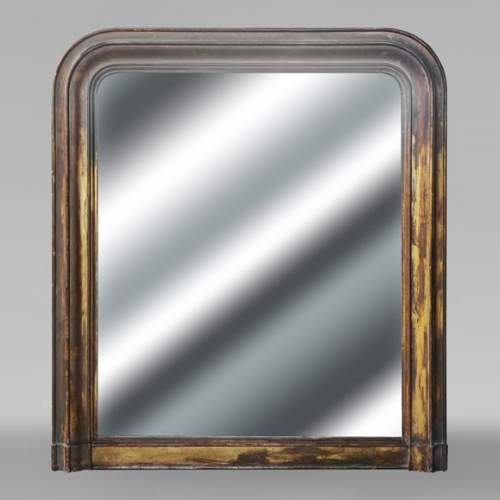Your selection is currently empty.
Here are the latest objects in our stock:
Dimensions:
Width: 166
Height: 110
Depth: 46
Inner width: 112
Inner height: 93
Dimensions:
Width: 146
Height: 109
Depth: 46
Inner width: 103
Inner height: 86
Dimensions:
Width: 136
Height: 108
Depth: 36
Dimensions:
Width: 126
Height: 107
Inner width: 92
Inner height: 88
Dimensions:
Width: 128
Height: 163
Dimensions:
Width: 102
Height: 145
Depth: 6
Dimensions:
Width: 18
Height: 60
Depth: 17
Dimensions:
Width: 144
Height: 107
Depth: 36
Inner width: 107
Inner height: 89












